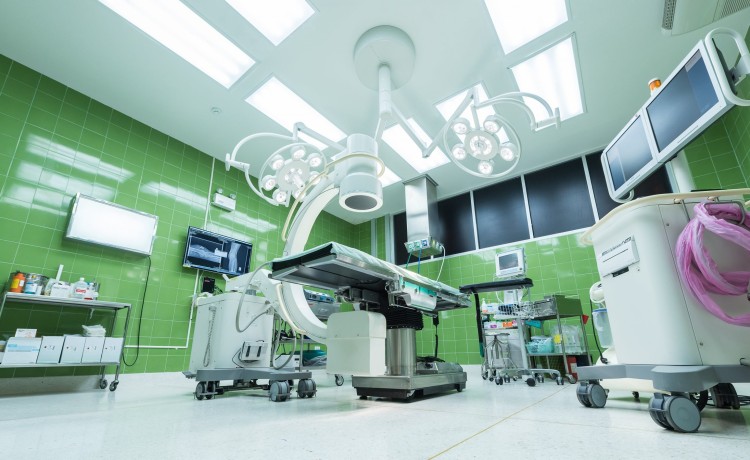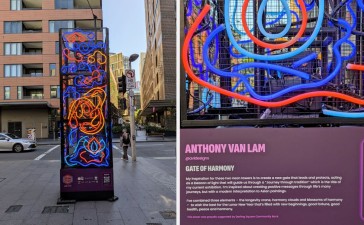The healthcare industry is undergoing a significant transformation driven by technological advancements. Hospitals are increasingly adopting cutting-edge technologies to improve patient care, enhance operational efficiency, and stay competitive in a rapidly evolving landscape. However, the successful integration of these technologies often hinges on a critical factor: the readiness and competence of hospital staff. In this article, we will explore the pivotal role of staff training in the effective adoption of technology within hospital settings, with a particular focus on the seamless integration of used ultrasound machines.
1. Embracing Technological Change
The adoption of new technologies, including medical devices, electronic health records (EHRs), and data analytics tools, has the potential to revolutionize healthcare delivery. Yet, with innovation comes the need for staff to adapt and learn new skills. Hospitals must recognize that technology adoption is not solely about acquiring cutting-edge equipment but also about empowering their workforce to harness these tools effectively.
2. The Challenge of Staff Training
One of the most significant challenges in the adoption of technology within hospitals is ensuring that staff are adequately trained to use these tools. Healthcare professionals, from nurses and physicians to administrative staff, need to understand the features and functionalities of the technology at their disposal. This requires comprehensive training programs that go beyond basic proficiency and encompass real-world applications.
3. The Role of Ultrasound Machines
Ultrasound machines are a vital diagnostic tool in hospitals, used for a wide range of applications, from obstetrics to cardiology. While new ultrasound machines offer advanced features and capabilities, many hospitals also explore the option of integrating used ultrasound machines into their equipment inventory. These cost-effective alternatives provide excellent diagnostic quality and reliability when properly refurbished. However, ensuring that staff are well-versed in operating and maintaining these machines is crucial for optimal performance.
4. Customized Training Programs
Hospitals must design customized training programs tailored to the specific technologies they are adopting. This includes not only initial training but also ongoing education to keep staff up to date with the latest advancements and best practices. For ultrasound machines, training should encompass not only basic operation but also interpretation of results, routine maintenance, and troubleshooting.
5. Bridging the Knowledge Gap
Addressing the knowledge gap is a collaborative effort involving hospital administrators, technology vendors, and educational institutions. Hospitals should work closely with vendors to access training resources and support. Additionally, partnerships with educational institutions can facilitate ongoing skill development for healthcare professionals, ensuring that they remain proficient in using technology to its full potential.
Conclusion
In conclusion, the successful adoption of technology in hospitals relies heavily on the human factor: the readiness and competence of hospital staff. Training programs that equip healthcare professionals with the knowledge and skills needed to utilize technology effectively are paramount. This is particularly relevant when integrating Used Ultrasound Machines, which offer cost savings without compromising diagnostic quality.
Hospitals should view staff training as an investment rather than an expense. Well-trained staff can maximize the benefits of technology adoption, leading to improved patient care, streamlined workflows, and cost-effective operations. As the healthcare industry continues to evolve, hospitals that prioritize ongoing training and staff development will be better positioned to embrace technological change and provide high-quality care to their patients.





